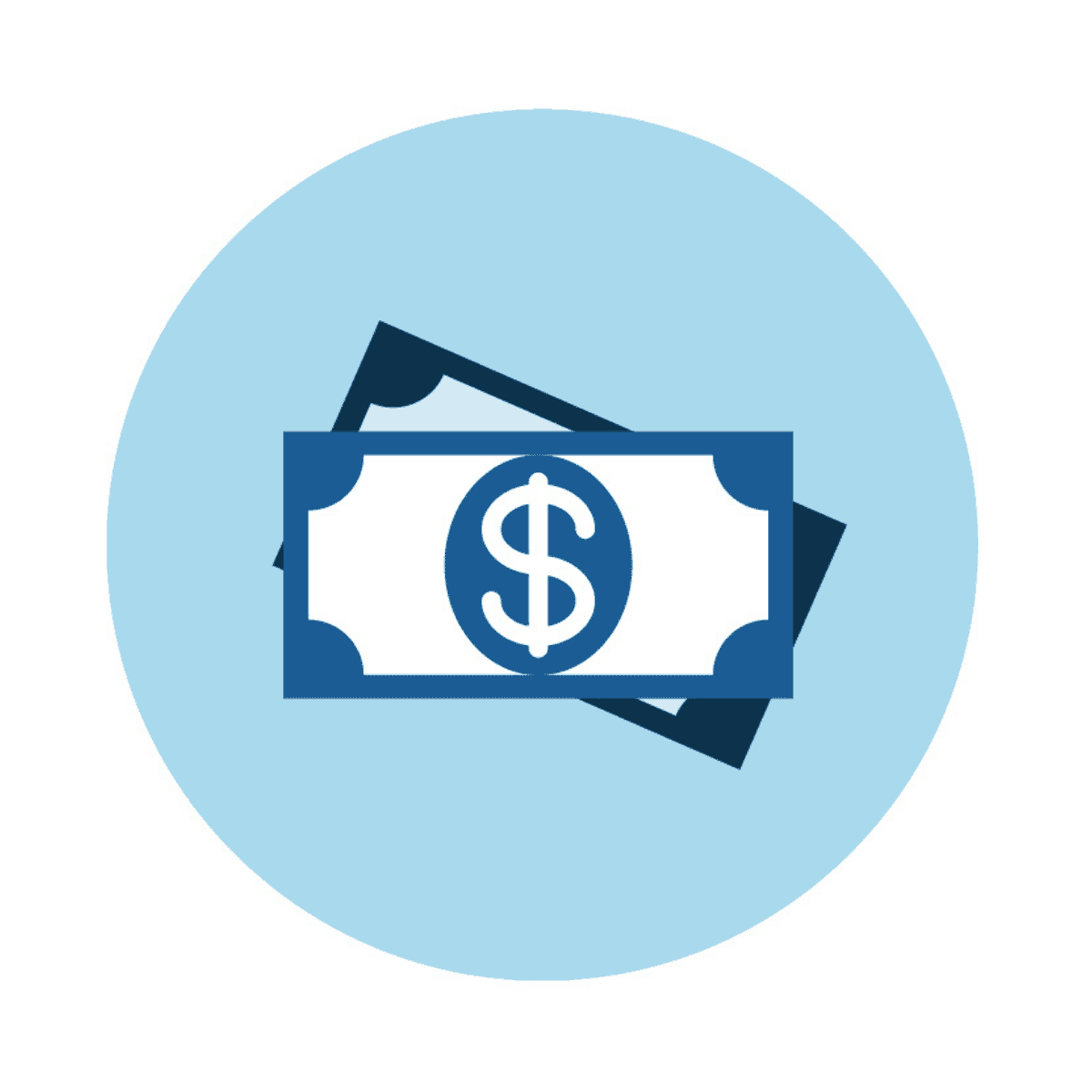In September of 2019, the Canadian federal government launched a new program to assist homeownership hopefuls with the purchase of their first home. The First Time Home Buyer Incentive (FTHBI) offers eligible buyers up to 10 percent of the price of the home. Its purpose is to provide funds toward the down payment to lower the mortgage carrying costs.









